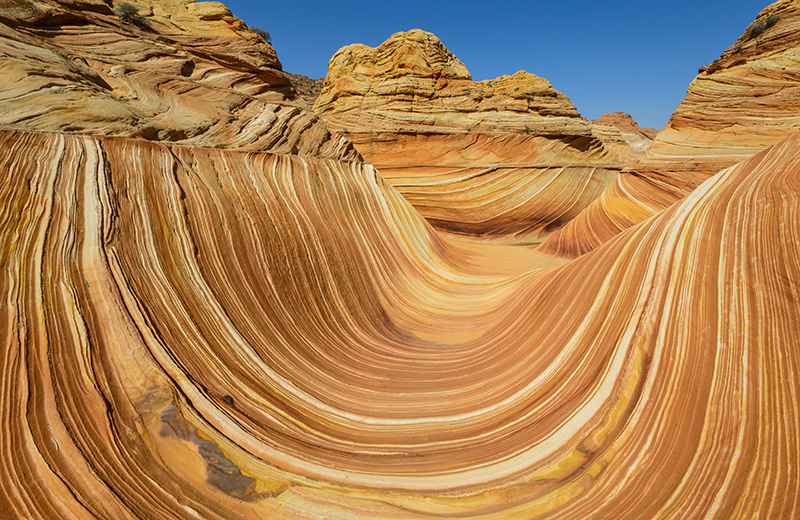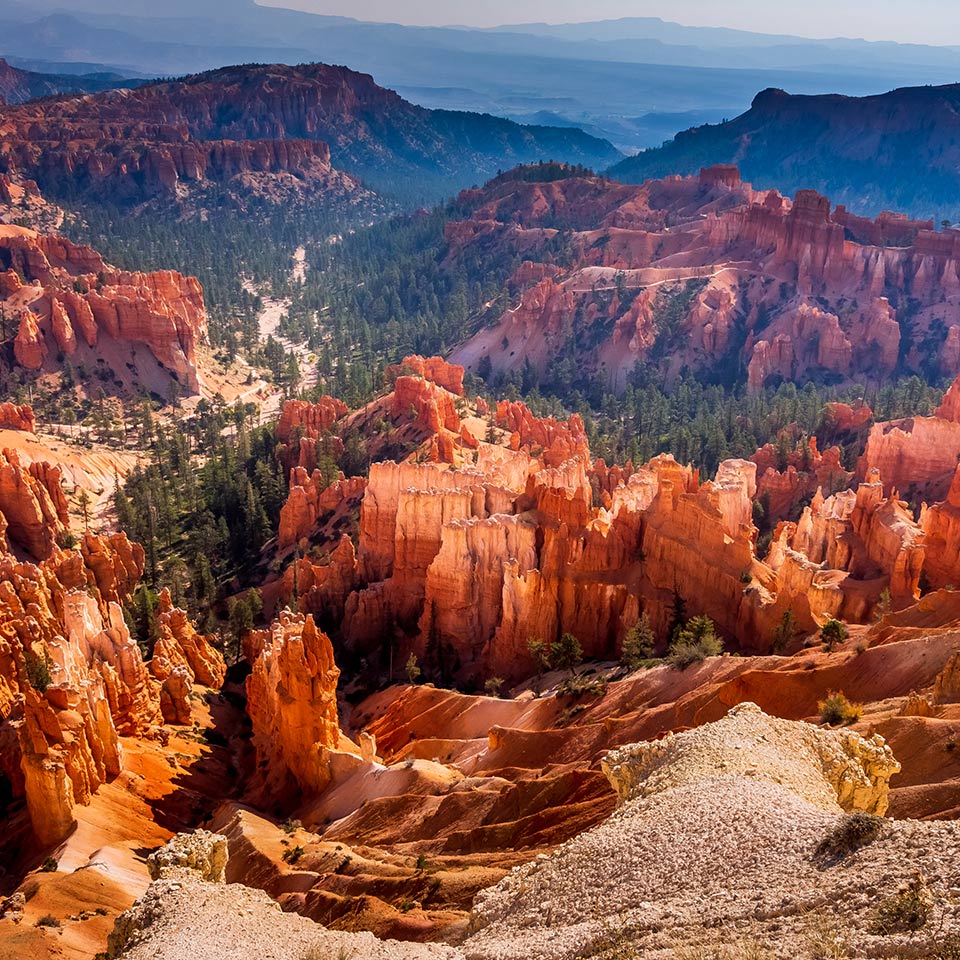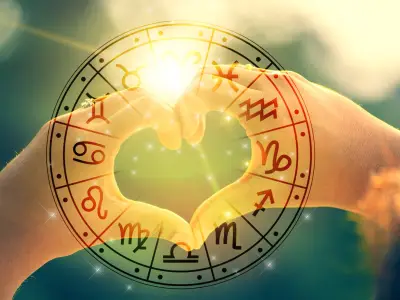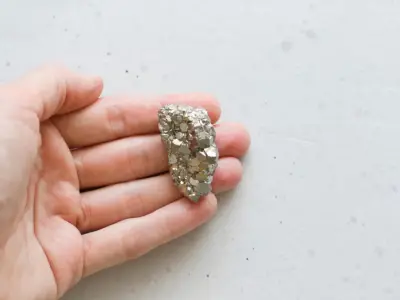Rocks may seem to be commonplace and lead fairly uneventful lives, but every single rock that you see has gone through an incredible transformation journey that spans millions of years! Even that rock that you saw sitting on the pavement on your way to work might have once spent time on the ocean floor amid prehistoric creatures, or have been part of a scorching river of molten lava!
In this article, we explore the geological life cycle of these seemingly mundane objects and discover how rocks transform from one state to another.
Jump to:

What is the Rock Cycle?
The rock cycle is a continuous journey of transformation that all rocks on Earth undertake over millions of years. Rocks are not static; they can undergo transformation from one type to another through a series of natural geological processes.
- Weathering and Erosion
Weathering - often driven by wind, water, and temperature fluctuations - can cause rocks to break down into smaller particles. For instance, freeze-thaw cycles can cause rocks to fracture as water seeps into cracks, freezes, and expands, causing the rock to break apart. The transportation of these weathered rock particles by wind or water is known as erosion (e.g. when rivers carry sediment downstream).
- Deposition
As the eroded material settles, it accumulates in layers in various places like riverbeds and lakes. Over time, these sediments build up and are compacted under their weight, and gradually harden into sedimentary rocks.
- Burial
When sedimentary rocks are buried beneath the Earth's surface due to geological processes like plate tectonics, they may experience increased heat and pressure.
This force can lead to recrystallisation and the transformation of sedimentary rocks into metamorphic rocks. The entire process can take millions of years.
- Magma Intrusion
In certain areas, molten magma originating in the Earth's mantle can intrude into existing rocks. When the heat from the magma comes into contact with these rocks, it can lead them to metamorphose into new forms. For example, shale may turn into slate.
Volcanic eruptions release molten lava onto the Earth's surface. As this lava cools and solidifies rapidly, it becomes extrusive igneous rock, such as basalt. These rocks typically have fine-grained crystals due to their quick cooling.
- Subduction Zones
Subduction zones are where tectonic plates collide and one plate is forced beneath another. Although subduction happens at a relatively slow rate (a few centimetres per year) the process itself can lead to the formation of new igneous rocks, like granite. It can also result in the metamorphism of existing rocks into new forms due to the extreme heat and pressure the rocks are subjected to during this process.
At the heart of this grand rock cycle are sedimentary, metamorphic, and igneous rocks, all of which are constantly evolving and adapting.
Recommended for you!
Best SellersFormation of Sedimentary Rocks
Sedimentary rocks form through the accumulation and compression of various sediments like sand, silt, and clay. These sediments then settle in bodies of water or even accumulate on land. Then, over time, as layer upon layer of sediment piles up and the immense weight from above compresses and compacts the lower layers, rocks are formed.
Types of Sedimentary Rocks
Sandstone has a rough texture, as it’s composed of compacted sand grains. The appearance of the rock is determined by the type of sand, including its colour and composition, so you can find sandstone that is brown, red, or even grey.
Limestone is relatively soft and is made up of calcium carbonate. It’s known for its ability to dissolve in water, and creates stunning cave formations over time, such as stalactites and stalagmites.
Shale is another type of sedimentary rock that’s commonly found near lakes or in marine environments. It’s a fine-grained rock that’s made up of clay minerals and has a smooth texture that splits into thin layers. It’s also known for its ability to preserve fossils due to its impermeable nature.
Formation of Metamorphic Rocks
Metamorphic rocks are the shape-shifters of the rock cycle. They are formed when pre-existing rocks, known as protoliths (either igneous, sedimentary, or even other metamorphic rocks) are subjected to high heat and pressure deep within the Earth's crust. The process of metamorphism can occur when rocks are buried deep beneath the Earth's surface, pushed to regions of tectonic activity, or heated due to the intrusion of magma.
During metamorphism, the minerals within the protoliths recrystallise, realign, and reorganise themselves. This process leads to the development of new minerals and often results in the formation of foliated or banded structures. The end product is a rock that is dramatically different from its original form!
Common Metamorphic Rocks
Marble is one of the most well-known metamorphic rocks. It starts as limestone. When limestone is exposed to high heat and pressure, its calcite minerals recrystallise and form the characteristic veined appearance of marble.
Slate is a fine-grained, foliated rock that originates from shale. Under the right conditions, shale's clay minerals recrystallise into a dense, flat structure which makes slate ideal for roofing, flooring, and even as a writing surface (as was used in traditional slate boards).
Schist also originates from shale and other fine-grained rocks. It has a distinctive texture made up of mineral grains that are aligned into wavy layers, and can come in a wide variety of colours based on its mineral makeup. This makes it a very unique looking and eye-catching rock.

Formation of Igneous Rocks
Igneous rocks are born from intense heat and molten rock deep within the earth. They are formed when molten rock, known as magma (if below the Earth's surface) or lava (if above the surface), cools and solidifies. When magma or lava cools down, the liquid materials within the molten rock start to solidify and organise themselves into a crystalline structure. This cooling process can take place either rapidly, as in the case of volcanic eruptions (where lava cools quickly upon contact with the air), or slowly beneath the Earth's surface over millions of years.
Common Igneous Rocks
Igneous rocks can be split into two categories - intrusive and extrusive.
Intrusive igneous rocks form beneath the Earth’s surface where the cooling process is much slower, allowing ample time for large crystals to form. Granite is a common intrusive igneous rock that’s often found in mountain ranges. Known for its durability, it has large interlocking crystals and is a popular material choice for kitchen worktops. Diorite is another intrusive igneous rock and is similar to granite in many ways, except for granite having a very distinctive appearance because of its different composition. It’s normally found in volcanic arcs and along the edges of continental plates.
Extrusive igneous rocks form on the Earth’s surface, normally as a result of volcano eruptions. The rapid cooling of lava results in smaller, fine-grained crystals instead. Basalt is one of the most abundant extrusive igneous rocks and actually forms the oceanic crust, 5 to 10 km below the surface of the ocean. Pumice is another well-known example. Found near volcanic eruptions, it’s filled with tiny gas bubbles and is super lightweight.
The next time you see a rock, take a moment to reflect on the long, transformative journey it has travelled to arrive there! The intricate processes we've explored shape the very foundation of our planet, and each rock tells a unique geological story.
If you’d like to deepen your understanding of rocks and their life cycles, then consider enrolling on our Geology Diploma course, for just £29 (save £118!) where you can learn more about tectonic plates, Earth’s minerals, volcanoes and so much more.













